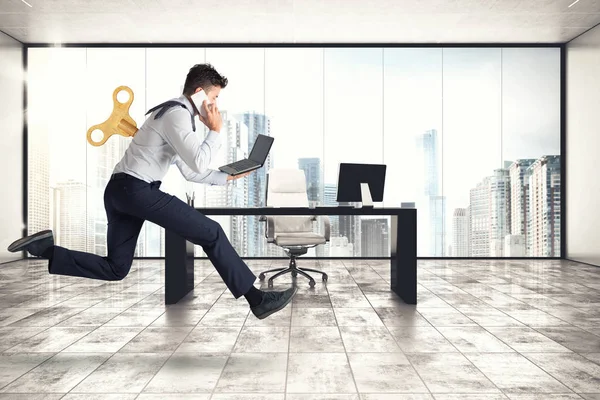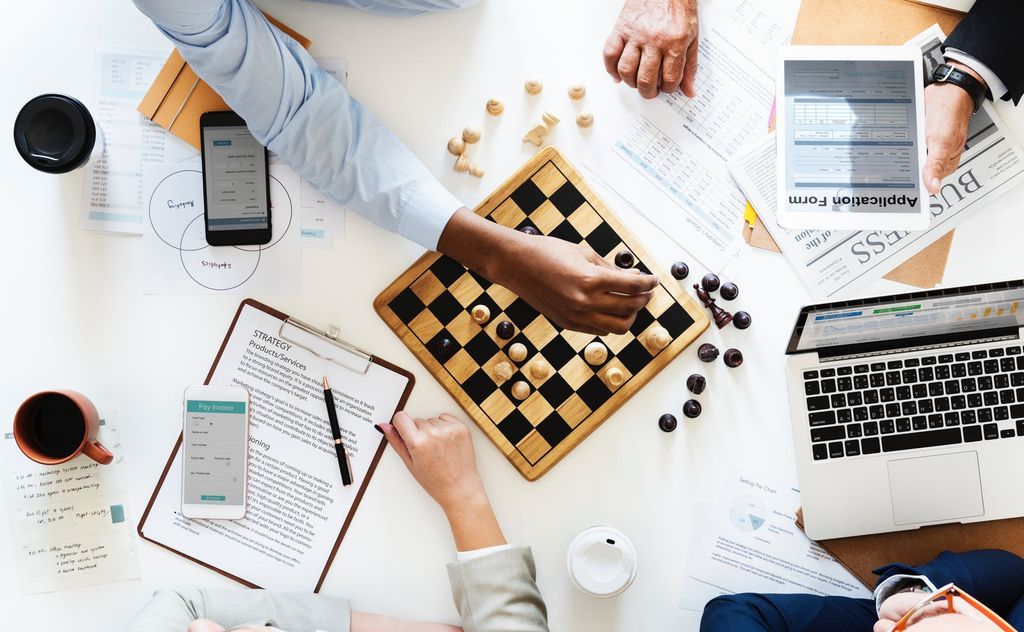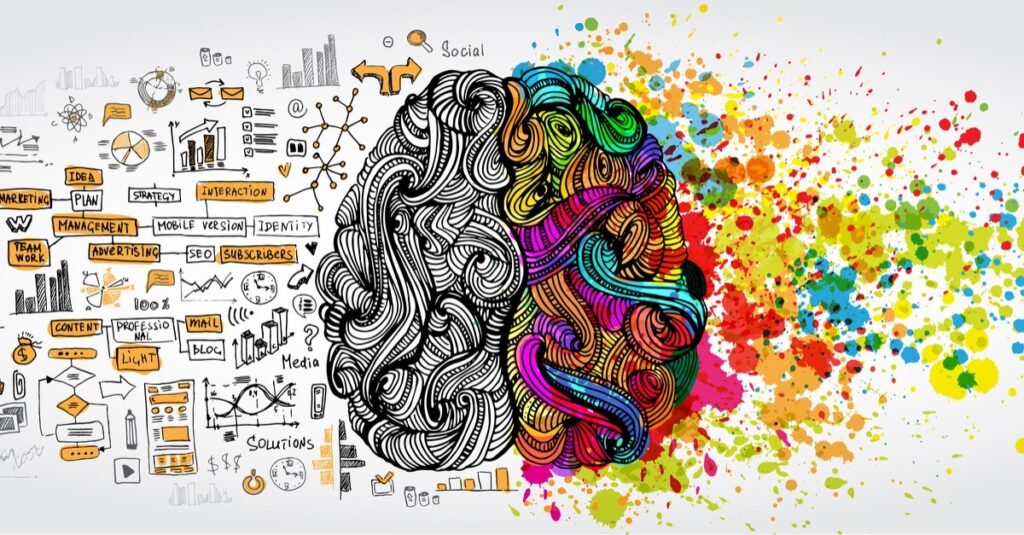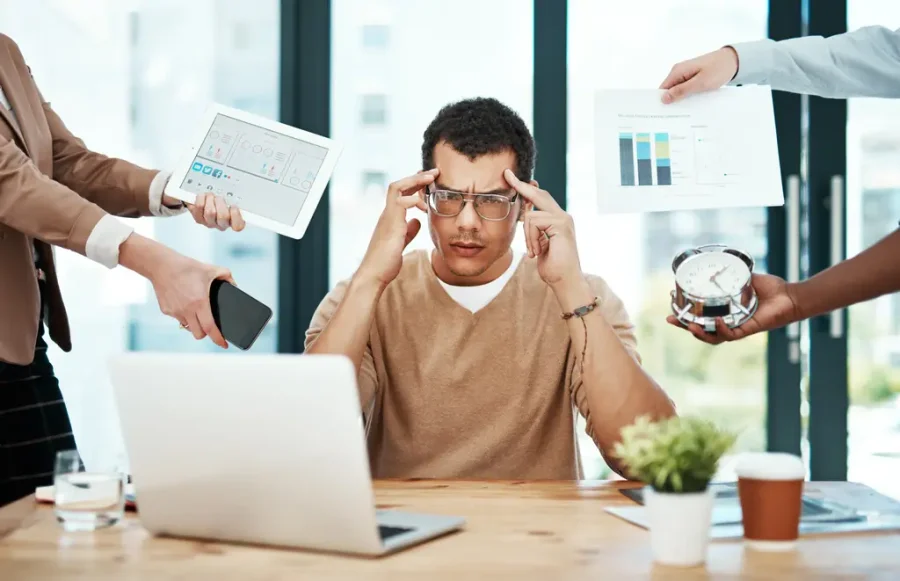
In today’s fast-paced work environment, creative professionals are increasingly challenged to balance productivity with personal well-being. This article dives into the causes of burnout—a state that emerges when creative effort is pushed beyond sustainable limits—and offers proven strategies to help you maintain energy and avoid exhaustion. Backed by the latest trends in productivity and work-life balance, these actionable tips empower you to harness efficiency without sacrificing creativity.
Understanding Burnout in Creative Work
Burnout is a state of chronic physical and emotional exhaustion that can severely hinder creative professionals. It often arises when persistent work pressure and tight deadlines overwhelm your ability to cope. In today’s work environments, where creativity intermingles with routine tasks, the risk of burnout is particularly high. Recognizing the signs of burnout is the crucial first step toward prevention and recovery.
The modern creative ecosystem demands versatility, making it difficult to prioritize well-being without compromising output. Persistent tiredness, diminished productivity, and a waning passion for work are early signals of burnout. Recent studies on productivity underscore the importance of balancing workload with sufficient rest.
Additionally, factors such as constant connectivity and blurred boundaries between professional and personal life further contribute to burnout. Establishing structured work habits and realistic boundaries is essential. Both individuals and organizations must adopt stress management techniques and implement structured workflows to cultivate a healthy work environment.
Top Productivity Strategies for Creators
Productivity in creative work is about more than just output; it’s about managing your creative energy over the long haul. Understanding that creativity flourishes with both inspiration and rigorous discipline, this section offers practical strategies that merge structured routines with the flexibility necessary for artistic expression. Effective time management and smart task prioritization are at the heart of these methods.

Time-blocking is one highly effective technique that involves setting aside dedicated periods for deep focus, complemented by scheduled breaks. This method breaks large projects into manageable segments, ensuring steady progress while preserving your creative spark. By integrating insights from leading research on workplace efficiency, you can experience tangible improvements in both quality and output.
Equally important is incorporating mindfulness into your daily routine. Practices such as meditation or short reflection breaks can help reset your mental state, letting you return to work with revitalized energy. Employing these strategies keeps your creative process thriving while consistently boosting productivity.
Time-Blocking Techniques
Time-blocking involves dividing your day into specific, uninterrupted segments dedicated to particular tasks. This focused approach minimizes distractions and fosters deep work.
By scheduling dedicated time slots, you ensure that each task receives the attention it deserves, ultimately driving both quality and efficiency.
Mindfulness and Rest
Integrating mindfulness practices, such as brief meditation sessions, can dramatically lower stress levels and enhance focus.
Regular breaks and moments of reflection recharge your mind, making your creative sessions more productive and helping prevent burnout.
Balancing Creativity and Routine Work

Balancing the unpredictable nature of creative work with everyday operational tasks can be difficult. In many work settings, these two elements must coexist harmoniously to prevent burnout. The balance between routine and spontaneity is essential for keeping motivation and productivity high over the long term.
One significant challenge is fostering an environment that supports both innovative thinking and the management of day-to-day responsibilities. Many experts recommend designing a workspace that accommodates both creative brainstorming and necessary administrative tasks, ensuring that neither domain overshadows the other.
Integrating scheduled creative sessions into your daily routine can accelerate idea generation and make routine tasks feel less burdensome. Structuring your day to include dedicated time for both creativity and routine work is a strategic approach to maintaining balance and staving off burnout.
Implementing Proven Strategies Without Overwhelm
The final step toward sustainable creativity is putting strategies into practice that prevent burnout. This section provides actionable steps for seamlessly integrating these practices into your work routine. Implementing changes gradually helps ensure a smooth transition and effective adoption of healthier habits.
Begin by assessing your current workflow to pinpoint where stress tends to build up. Even small adjustments—such as altering work hours, scheduling regular breaks, or reordering task priorities—can have a significant impact. Building a resilient routine involves constant refinement and a willingness to adapt based on real-world feedback.

Creating an environment that nurtures creative exploration is just as important as setting clear boundaries. This dual approach supports professional efficiency and personal well-being. With commitment and consistency, the strategies outlined in this guide can transform your work habits, infuse your routine with purpose, and help you avoid burnout through small, impactful changes.
Steps to Begin Implementation
Conduct a detailed analysis of your current work patterns and identify problem areas where stress accumulates.
Establish clear, achievable goals for integrating breaks and balanced work sessions, ensuring that each change is measurable.
Maintaining Momentum
Continuously review your progress and make adjustments to your routine as necessary.
Celebrate small victories to stay motivated and reinforce the discipline needed to sustain these improvements.
Content Additional
Expanding on the discussed topics, it’s important to understand that sustainable creativity involves not just planning but also transforming your mindset. Adopting a holistic approach to work means recognizing the powerful connection between mental health and professional performance. Many professionals find that advice from mentors, group discussions, or online webinars on productivity can offer fresh insights and catalyze positive change. Leveraging external expertise provides a broader perspective on achieving work-life balance and managing stress effectively.
Moreover, incorporating physical exercise and proper nutrition into your daily routine plays a pivotal role in sustaining creativity. Research consistently shows that good physical health boosts cognitive function and reduces mental fatigue. Activities such as brisk walking, yoga, or even short stretching breaks enhance brain performance and improve overall well-being, laying the foundation for a more dynamic and responsive creative process.

Technology also plays a key role in shaping a balanced work routine. While digital tools such as productivity apps, task managers, and digital calendars can significantly improve efficiency, it is vital to set boundaries to prevent them from becoming distractions. Balancing digital efficiency with real-world relaxation and offline interactions creates an ecosystem in which creativity flourishes and burnout is kept at bay. This integrated approach is essential for achieving long-term professional success and personal satisfaction.
In conclusion, striking the right balance between productivity and creative expression is crucial in today’s demanding work landscape. By applying the proven strategies discussed in this article, you can design a routine that nurtures both efficiency and innovation. Embrace these actionable approaches, experiment, and tailor them to your personal workflow. Remember, sustainable creativity is achieved by working smarter, not harder. Let these techniques serve as your roadmap to avoid burnout and continue generating exceptional work.